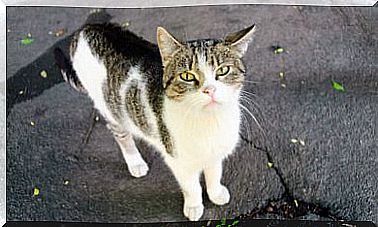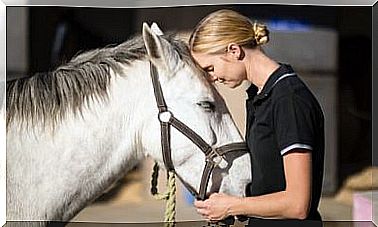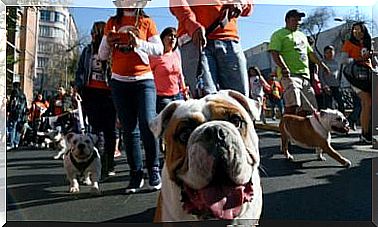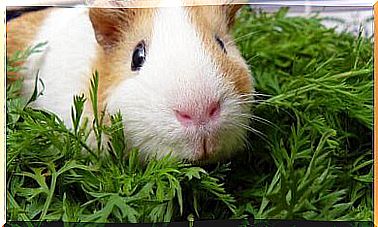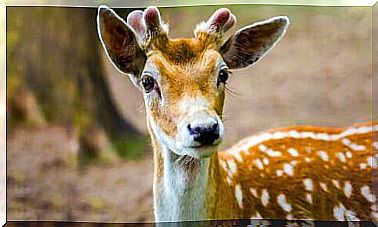Types Of Colubrid Snakes In Italy
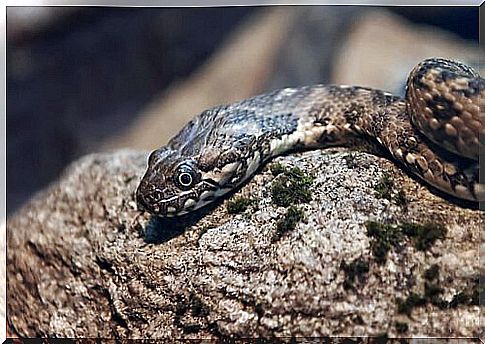
When we talk about snakes, we usually mean a whole series of animals which, however, belong to very distinct species. There are currently about three thousand families of crawling reptiles on Earth. The most famous are four: Colubrids (including the ophidians , devoid of venom), Elapids, Viperids, Crotals and Boids (the largest in the world). Today we will talk about the most common types of colubrids in Italy.
How many types of snakes are there?
As we understand, therefore, even if it is legitimate to call all these animals “snakes”, it is correct to distinguish them on the basis of their most evident characteristics. Let’s briefly summarize some examples in this list:
- Colubrids : they measure from 100 to 200 cm, have neither piercing teeth nor inoculate venom, feed on small mammals, birds and other reptiles. Some examples: Cervone, Aesculapian snake or snake, leopard snake, snake snake, horseshoe snake, smooth and curly snake, hooded snake and European cat snake.
- Elapids : they have fixed poisonous teeth, are very toxic, can be from 30 cm to 5 meters long, like the king cobra. To this group belong very exotic snakes such as: mamba, cobra, taipan, coral snake, Australian brown snake and even sea snakes.
- Viperids : about 28 cm to 4 meters long, they live in different habitats and feed on mammals, birds and small vertebrates. In Italy there are 4 species: asp, adder, horn viper and bear viper. They are very poisonous, have hollow teeth and have a typical triangular head.
- Crotali : the name derives from the Greek “krotalon” which means “rattle”, a characteristic that they usually have in the tail. They range from 25cm to over 150cm in length, have two sharp teeth and live in America, Canada and Argentina. Among them it is worth mentioning the cascabel (the most poisonous) and the popular rattlesnake.
- Boids : they range from 60 cm to 9 meters (like the anaconda) and feed on rodents and small mammals. They kill by crushing and live in rainforests or desert regions. The boa constrictor, the emerald boa, the green anaconda and others belong to this family.
Types of colubrid snakes in Italy
Compared to other nations, such as tropical countries, Italy is home to a moderate variety of snakes. Currently, in our country, there are about 17 species of these fascinating scaly reptiles. In particular, it is possible to find 4 types of Viperids and 13 varieties of Colubrids :
Snake (the most common), Natrice dal collare, Natrice Tassellata, Natrice Viperina, Saettone, Red-eyed Saettone, Cervone (the largest), Smooth Colubro, Colubro del Riccioli (the rarest), Colubro Leopardino (the most beautiful), Colubro Lacertino, Colubro Dal Cappuccio and Colubro Horseshoe.
1. Aesculapian snake ( Zamenis longissimus )
It is a very popular snake, having historically accompanied the Greek god of medicine, Asclepius or Aesculapius. However, its distribution is very limited throughout the European continent. They are large snakes, which can reach two meters in length, of brown or olive color.
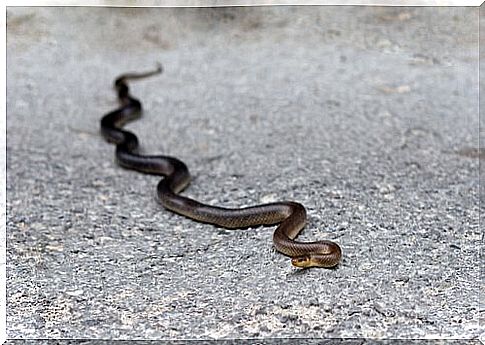
2. Snake ( Coluber viridiflavus )
His name expresses the amazing and beautiful colors that his body takes on in adulthood. These snakes are the most numerous on the Italian territory as well as in countries such as Greece and Spain: they are frequent on the Pyrenees chain.
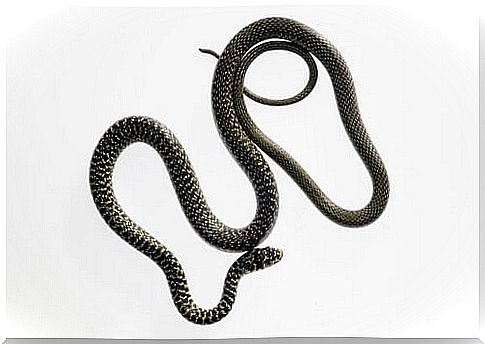
3. Colubro di Riccioli ( Coronella girondica )
They are easy to recognize thanks to the striking U-shaped coloring of the head. In addition, they are usually smaller than the other types of snakes in Italy. They mostly live in forests and bushes, but can also be found among cultivated fields. The Riccioli snake is the rarest in our country.
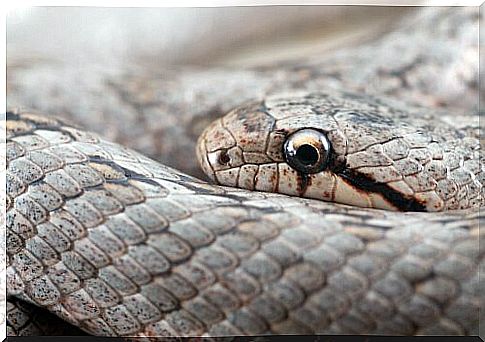
4. Smooth snake ( Coronella austriaca )
It is one of the less common snakes on the European continent, as it prefers to live near mountain ranges and where there is abundant vegetation. It is completely harmless despite being endowed with poison, as its teeth do not allow inoculation into other animals.

5. Cervone ( Elaphe quatuorlineata )
It is the largest Italian snake and one of the longest in Europe; it can measure from 80 to 240 cm. It has a skin with shades ranging from brown to yellow. It is a more active animal during the day, not very fast on land but able to swim and climb trees.
It loves to feed on mice, shrews, weasels but also on rabbits and squirrels; does not disdain some birds and lizards. It lives in the Mediterranean scrub and is considered to be at low risk of extinction by the WWF. Its habitat in recent years has been significantly reduced by human intervention.
6. Horseshoe snake ( Hemorrhois hippocrepis )
It owes its name to the peculiar dark spots that cover its back, with a shape very similar to that of a horseshoe. It lives mostly in dry woods and forests, throughout the southern half of Europe and also in North Africa.

As mentioned, all of these snakes are harmless. Only two species, the Snake and the Hooded Snake have venom glands, but they have teeth placed at the back of the mouth. It is highly unlikely that they can bite humans and, moreover, this poison would not cause any particular problems.
